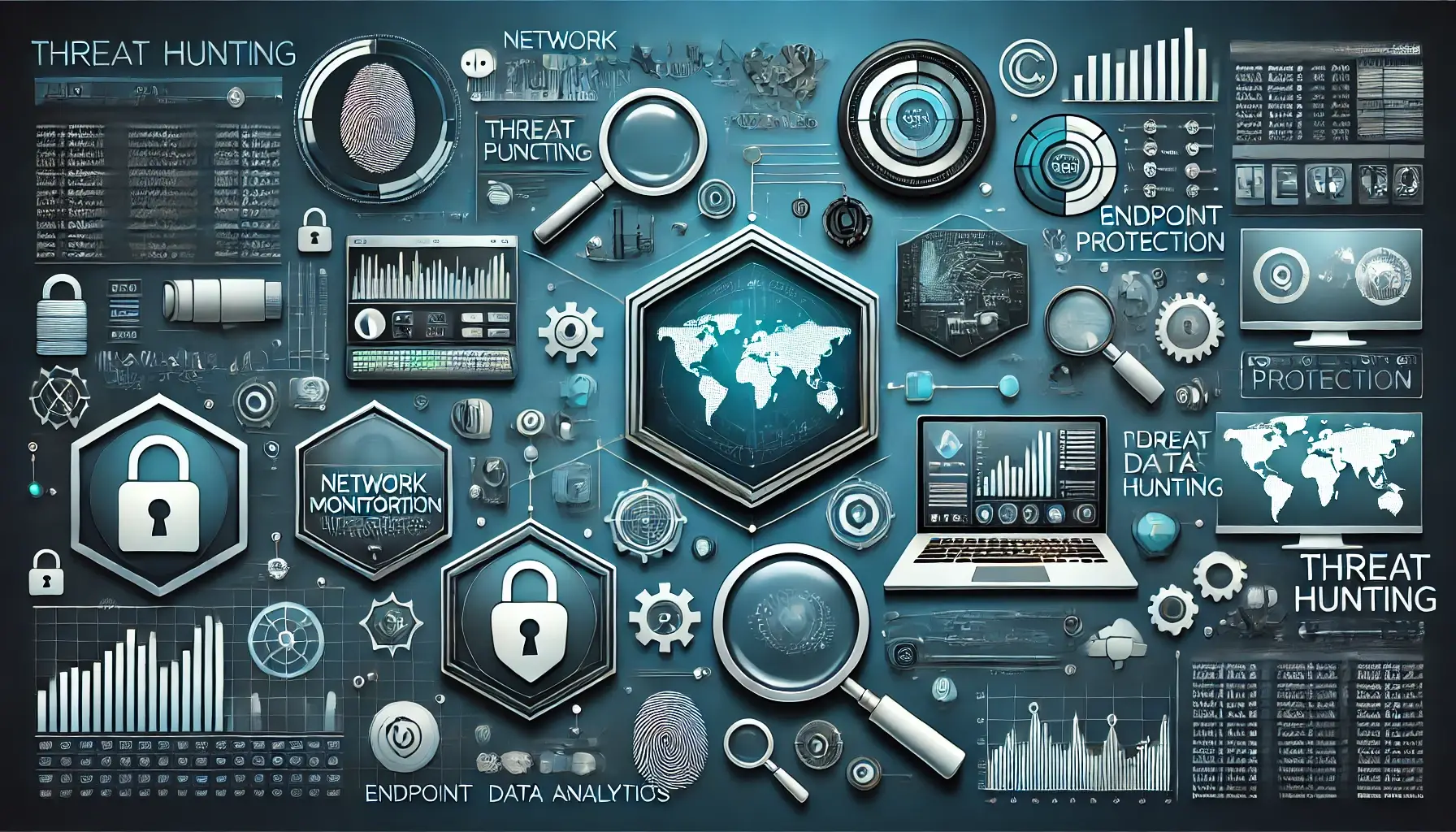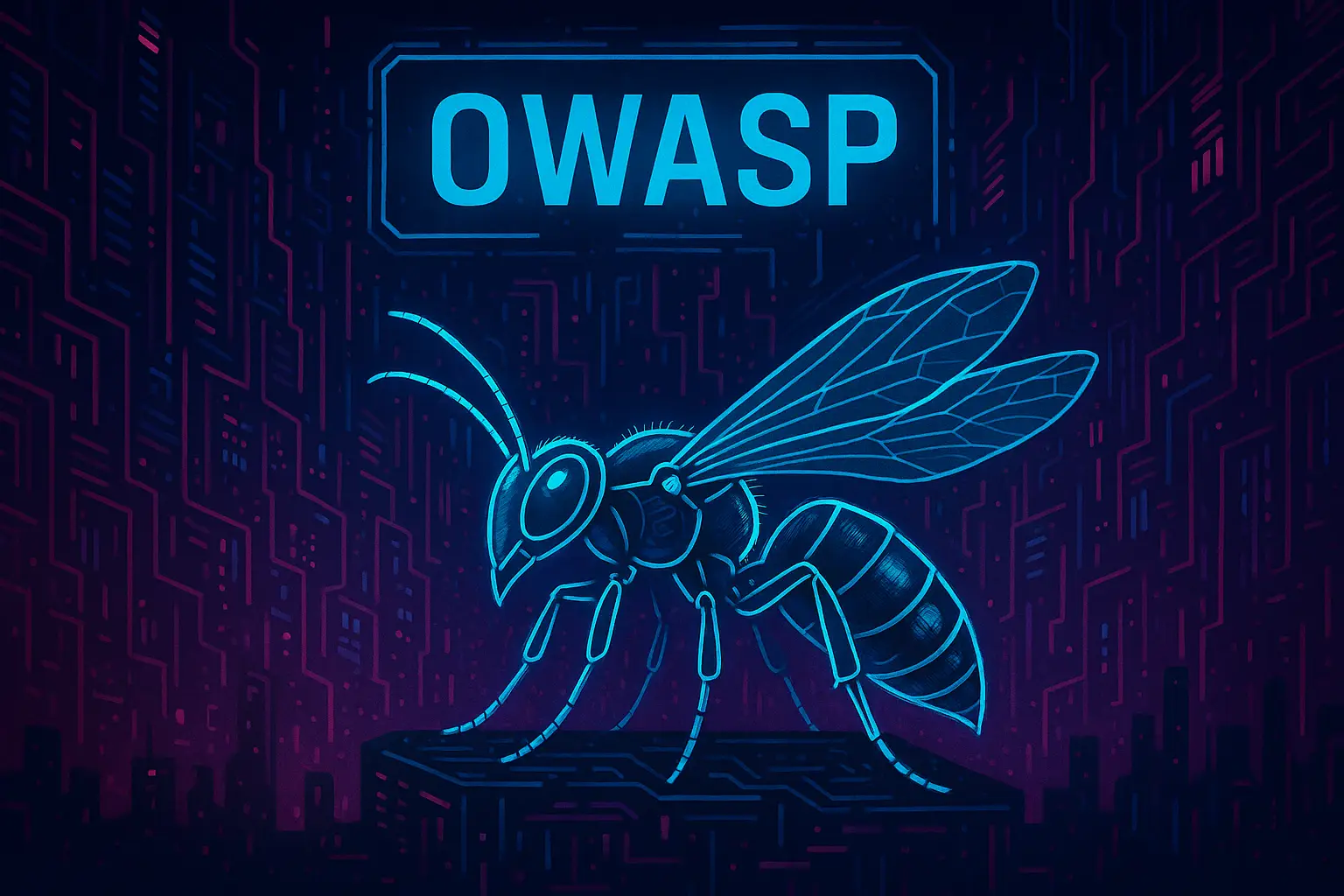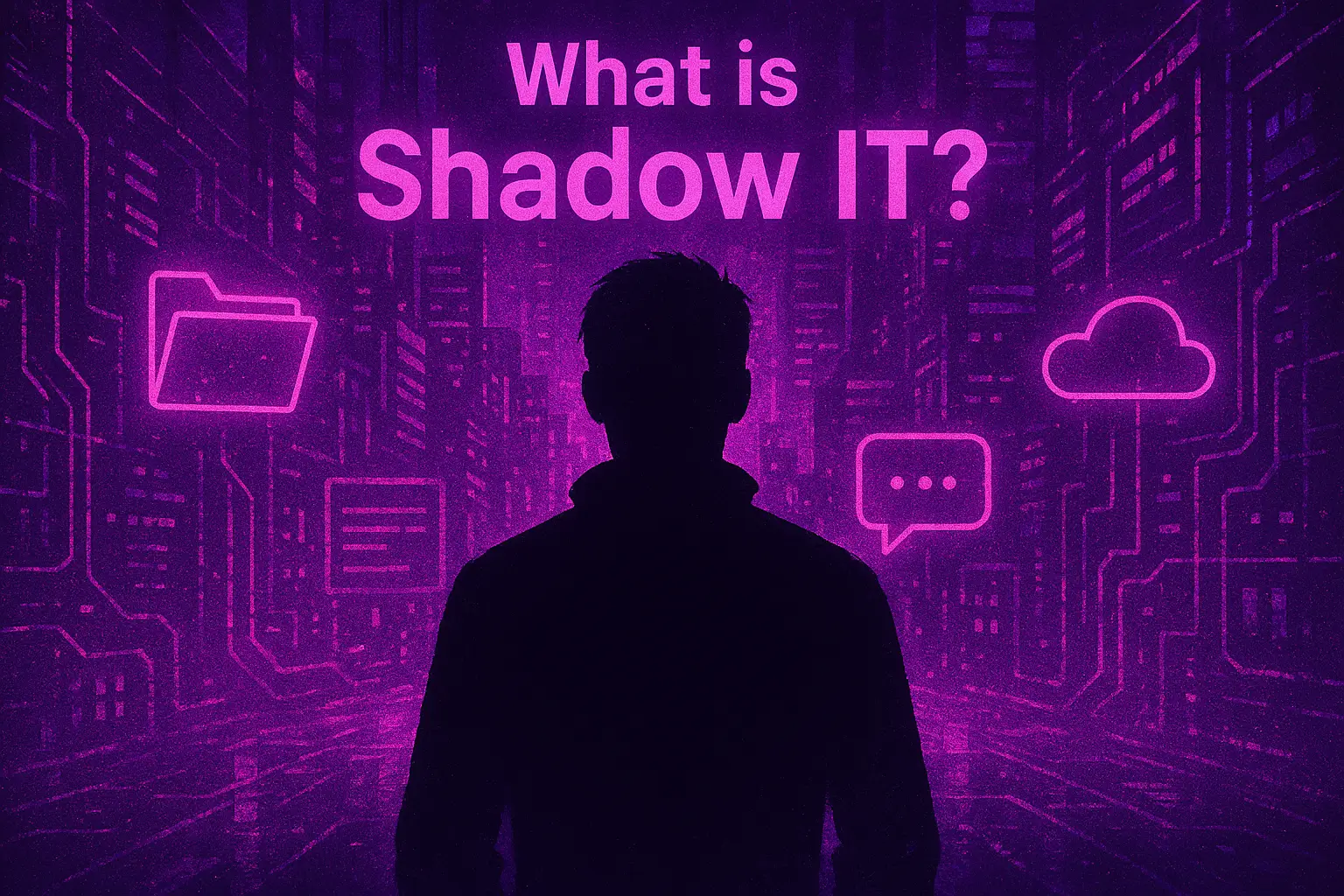Parts 1 and 2 explored the strategic frameworks and methodologies necessary for effective threat hunting. Now, we delve into the essential tools and sophisticated techniques that form the practical backbone of any successful threat-hunting operation. Selecting and mastering the right tools enhances your threat detection capabilities and significantly increases your security team’s efficiency and accuracy.
Critical Data Sources for Effective Threat Hunting
A threat hunt’s success depends on the quality and depth of available data. Endpoint data provides detailed visibility into system-level activities, such as processes, file manipulations, registry edits, and memory anomalies, often early indicators of malicious activities. Network data complements endpoint insights by highlighting external communication patterns, revealing command-and-control channels or attempts at data exfiltration through unusual traffic patterns, such as unexpected DNS queries or abnormal HTTP requests.
Security logs from systems, applications, and authentication platforms serve as invaluable evidence trails during hunts, helping identify suspicious user behaviours or system anomalies. Furthermore, incorporating threat intelligence feeds enhances these data sets by providing context and actionable indicators derived from global threat landscapes, allowing threat hunters to align their investigations proactively with known and emerging threats.
Deep Dive into Essential Threat Hunting Tools
A practical threat-hunting toolkit typically comprises open-source and commercial solutions, each tailored for specific aspects of the investigative process.
Among open-source solutions, Velociraptor stands out for endpoint visibility and forensic investigation. With its real-time querying capability, Velociraptor allows threat hunters to conduct rapid, live interrogations of endpoints across an organisation. For instance, when a suspicion arises regarding unusual scripts or potential persistent threats, Velociraptor can instantly reveal hidden scheduled tasks or suspicious registry modifications, offering critical evidence to swiftly confirm or refute a hypothesis.
Network visibility is equally essential, and Zeek (formerly known as Bro) provides advanced network monitoring, protocol parsing, and anomaly detection. By analysing detailed network data, Zeek can quickly pinpoint subtle signs of adversarial communications, such as covert DNS tunnelling or unusual outbound connections indicating data exfiltration attempts.
Sigma Rules offers significant value by standardising threat detection across different security information and event management (SIEM) platforms. These rules are particularly effective for capturing and identifying malicious behaviours, such as obfuscated PowerShell scripts or suspicious administrative tool usage across diverse logs, significantly streamlining threat-hunting efforts.
OSQuery complements these tools by providing a highly efficient, SQL-based endpoint querying mechanism. It allows threat hunters to interrogate large numbers of systems rapidly for potential compromises by querying endpoint configurations, file systems, and registry keys, significantly accelerating detection efforts.
Commercial solutions like Splunk Enterprise Security offer powerful analytics and visualisation capabilities, enabling security teams to correlate complex datasets to reveal hidden threats. For example, Splunk’s advanced analytics can detect subtle patterns indicative of lateral movement or credential theft, which might otherwise go unnoticed in standard security logs.
CrowdStrike Falcon, a robust Endpoint Detection and Response (EDR) platform, equips threat hunters with real-time endpoint visibility and advanced behavioural detection capabilities. Hunters regularly leverage Falcon to identify adversaries attempting to escalate privileges or maintain persistence through legitimate system tools and scripts, highlighting threats that evade traditional detection methods.
The Elastic Stack (ELK) further enhances threat hunting by aggregating massive volumes of diverse data into a coherent, searchable repository. With ELK’s visualisation capabilities, threat hunters can quickly detect anomalous network behaviours, such as beaconing or unusual spikes in data transfers, thus enabling rapid response actions.
Advanced Techniques and Best Practices in Threat Hunting
Beyond selecting the appropriate tools, employing sophisticated techniques such as anomaly detection and baselining increases hunting efficacy. Anomaly detection, often powered by machine learning or behavioural analytics, is essential for identifying deviations from established operational baselines. Regularly maintained and updated baselines of expected network and system behaviour allow threat hunters to spot anomalies indicative of adversarial activity readily.
Effective threat hunting also involves strategic pivoting, whereby findings from initial investigations inform subsequent investigative paths. This allows hunters to follow attacker movements dynamically and uncover related malicious activities rapidly. Moreover, detailed and systematic documentation of each hunting activity, discovery, and remediation effort ensures continuous learning and improved processes for future threat hunts.
Real-world Example: Endpoint Threat Hunt with Velociraptor
In a recent engagement, the Cyber Defence team used Velociraptor to respond to suspected malicious persistence across several endpoints. Our threat hunters efficiently pinpointed compromised systems by crafting precise queries targeting unusual scheduled tasks and suspicious registry entries. This proactive approach significantly reduced attacker dwell time and prevented potential data breaches.
Actionable Takeaways
Investing in tools aligned with your operational goals, continuously refining your techniques, leveraging automation for routine tasks, and ensuring ongoing training and knowledge-sharing within your threat-hunting teams are essential to building a robust threat-hunting capability.
Next Steps
In Part 4, we’ll present detailed, real-world threat-hunting scenarios through case studies, demonstrating how structured methodologies and advanced tools seamlessly integrate in practice.






